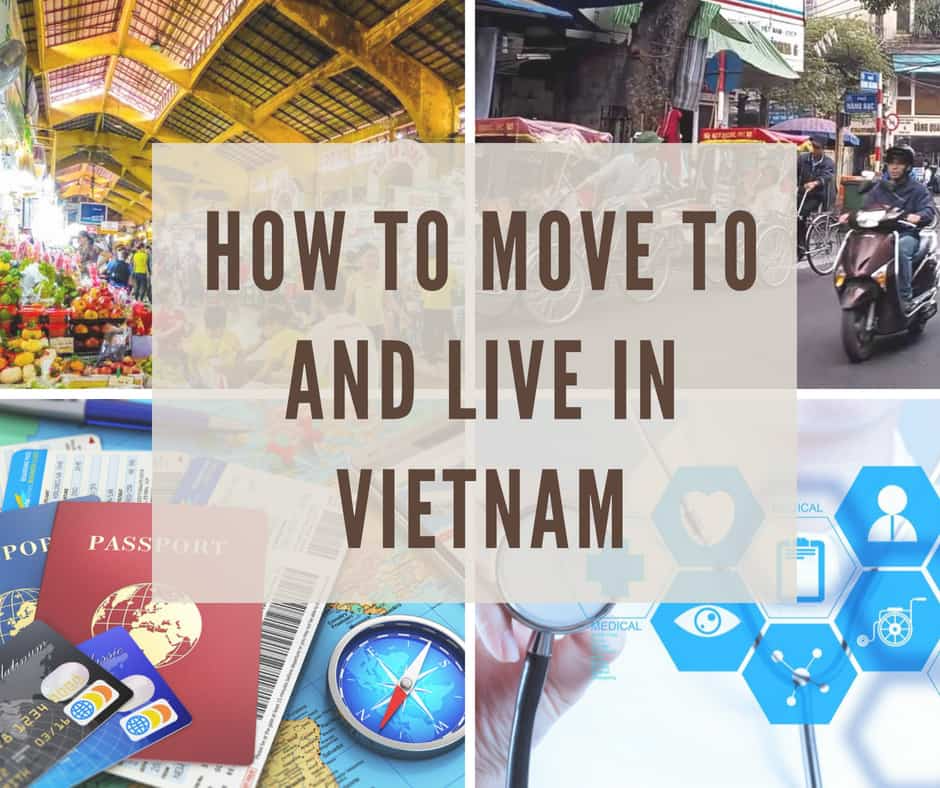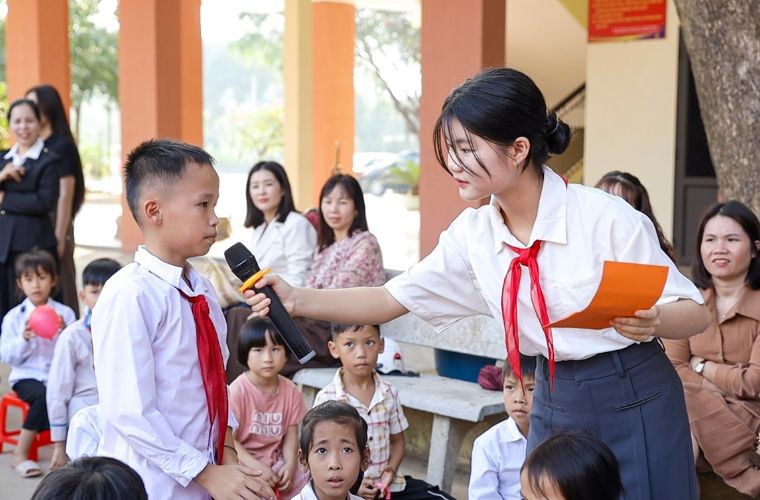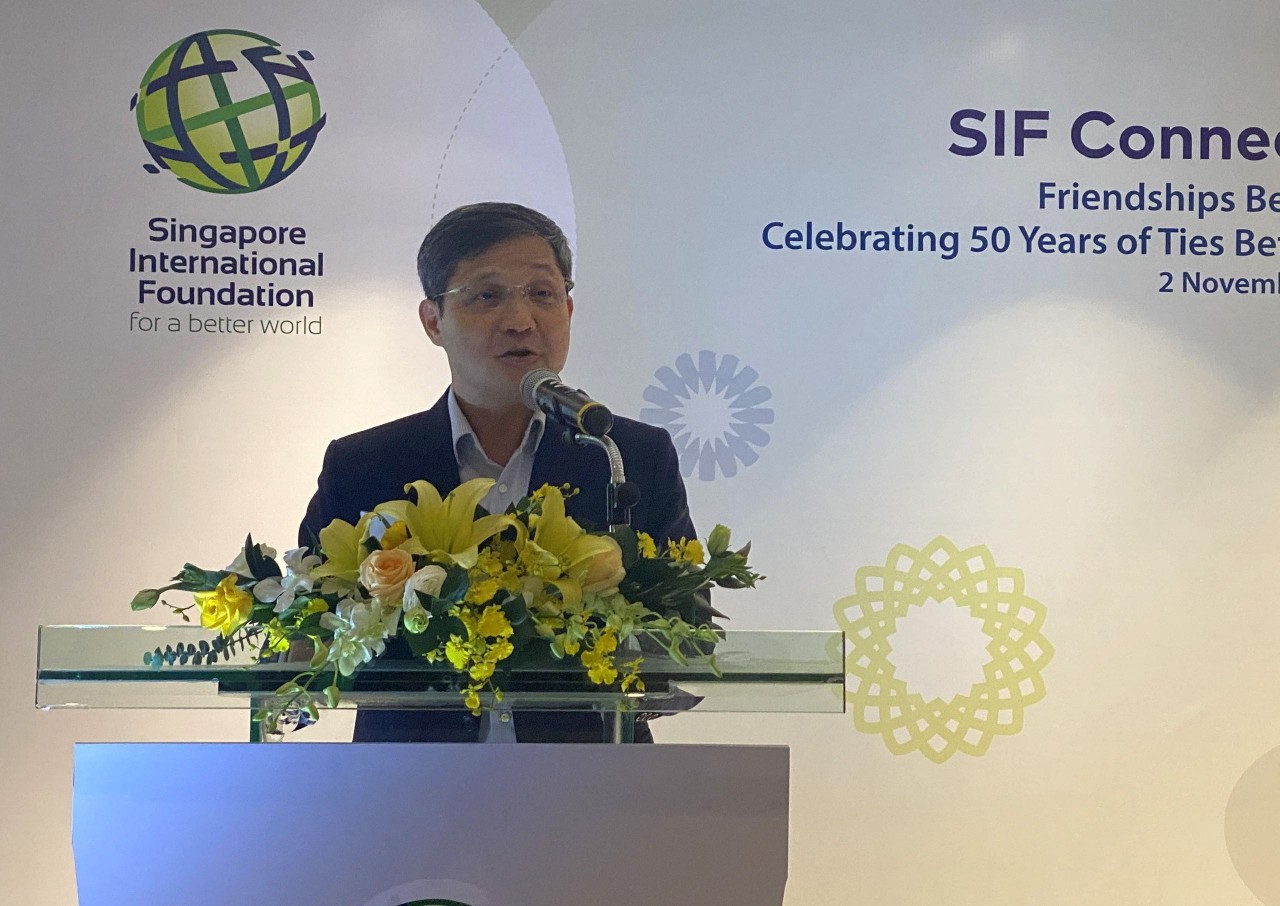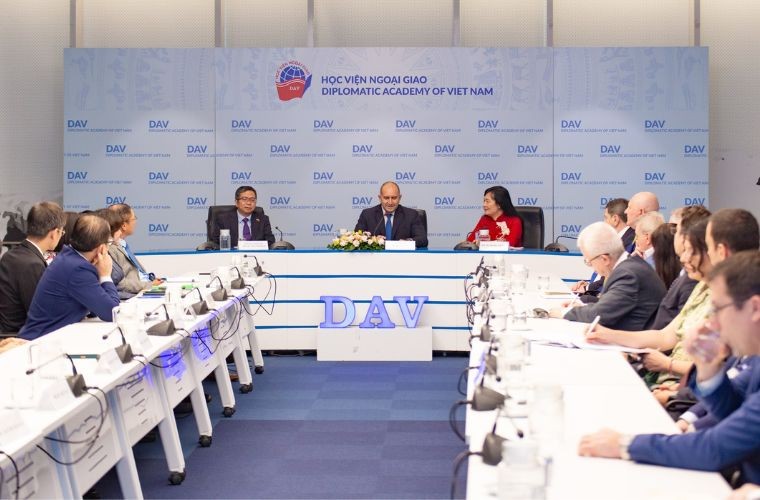Vietnamese turn Australia syringe drug capital to fine-food mecca
(VNF) - An area was once notorious for violence and drug dealing in western Sydney, Australia, has completely transformed after thousands of Vietnamese immigrants came here to live and work.
Nearly 30 years ago, despite involvement of political figures, police, human rights protection organisations and mass media, the issue of heroine in Western Sydney’s Cabramatta, remains burning.
 |
The Friendship Arch in Cabramatta, in western Sydney. (Credit David Maurice Smith for The New York Times)
“Honest to God, it was a war zone,” said Detective Superintendent Scott Cook, commander of the New South Wales Organised Crime Squad, recalling the area in the 1980s.
Before the arrival of Cabramatta’s first Vietnamese residents, the population was mostly working-class Australians and European migrants. A German-Austrian society center near the train station is one of a few remaining signs of that past.
During the 70s, primarily American servicemen brought heroin to Sydney from Southeast Asia, said Andrew Jakubowicz, a professor of sociology at the University of Technology Sydney. Cabramatta, with its links to Italian criminal groups and a new connection to Southeast Asia, would soon become a distribution point for the rest of the city.
During this period, many Vietnamese youths were forced to emigrate to Australia. Others have families but are often neglected because their parents are still busy working. Isolated both economically and culturally, some became gang members, involving in drug trafficking and other criminal activities.
"The feeling of being part of a group is fascinating," said 35-year-old pastor Tony Hoang, recalling his rebellious teen years, drowning in insecurity, anger and the “need to belong".
Hue Kim, a trader selling Kaffir lime leaves, rosemary and other herbs at a weekend on the sidewalk, said that 37 years ago, she arrived in Australia pregnant. Shortly after giving birth, she enrolled in an English class. The teacher noticed that she had milk stains on her shirt and told her coming back school after her son grow up. "After that, I never go back there," said the 75-year-old woman in Vietnamese.
According to the population survey in 2016, Vietnamese immigrants still dominate Cabramatta, accounting for 33 per cent of the total population of 22,000, followed by Chinese with 24 per cent and Cambodia with 8 per cent.
However, Cabramatta has now completely changed. Through a mix of aggressive policing, government intervention and the hard work of residents, Cabramatta has undergone a stark transformation into a lively area renowned as a destination for some of Sydney’s best Vietnamese food.
Today, there are few signs of the old Cabramatta. On the busiest thoroughfare, John Street, a recently opened canary-yellow bubble tea shop sits near a cellphone store, joining a hip burger joint and an array of sugar-cane juice stalls, fabric markets and ethnic grocery stores. Children of the first generation of Vietnamese immigrants to Australia are enjoying the fruits of their hard working years and trying to create their own identity.
“Cabramatta has always been a good place for me,” said the bubble tea shop’s owner, Quynh Nguyen, 31, who came to Sydney as a teenager from Ho Chi Minh City. “I feel very homey here.”
A mix of fresh ambition and the familiar has come to define this perse neighborhood, where less than 10 per cent of the population traces its ancestry to Australia or England. It is visible at places like the Usual Cafe, a modern coffee shop near John Street where baristas in denim pull shots against a background of lush plants and white tiles.
Corey Nguyen, 28, who grew up in Australia and owns the Usual with his partner, Jenny Ngo, said they wanted to introduce Cabramatta, which is dominated by traditional cafes selling Vietnamese-style coffee, to a more artisanal cafe culture.
“For us it’s never been a competition,” he said. “They do their thing, we do ours. I wish them all the best.”
 |
Inside Pho Tau Bay, a restaurant in Cabramatta. The area is widely seen as having some of Sydney’s finest Vietnamese cuisine, drawing diners from across the city. (Credit David Maurice Smith for The New York Times)
At a quiet corner on John Street, customers line up outside the Pho Tau Bay restaurant. Inside, the 36-year-old Chi Giang, wore white glasses, calmly worked in the counters while his employees worked as shuttles.
Born in a refugee camp in Indonesia, Giang said he took over the restaurant from his mother. His mother started the food business from the family's kitchen in 1980. With the formula of traditional beef noodle soup, Giang's restaurant has always been toped critics’ lists of the best Vietnamese food in Sydney, and the profits from the restaurant are enough to sustain Mr. Giang’s entire extended family.
"Over the years, I’ve seen many of my customers coming in as babies. And then years later, they’re taller than me, and they’re still coming for beef noodle soup," he said, gesturing to a young family at a nearby table./.
VNF
Most read
Recommended
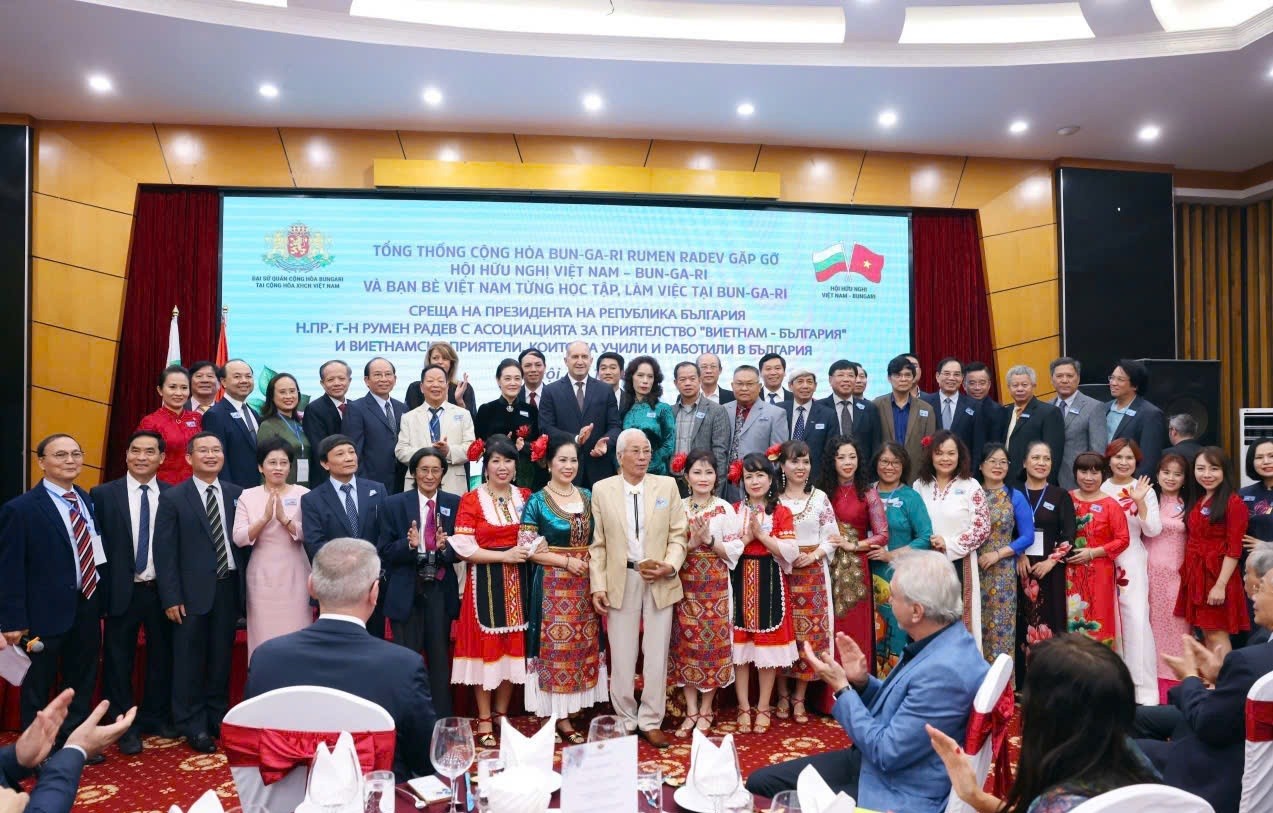 Overseas Vietnamese
Overseas Vietnamese
Vietnamese Expats in Bulgaria Make Significant Contribution to Bilateral Relations
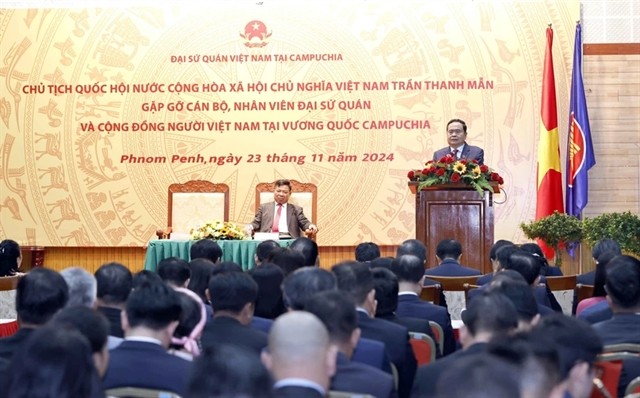 Overseas Vietnamese
Overseas Vietnamese
NA Chairman Meets with Vietnamese Community in Cambodia
 Overseas Vietnamese
Overseas Vietnamese
Vietnamese Football Teams Compete in Japan's FAVIJA Champions Cup 2024
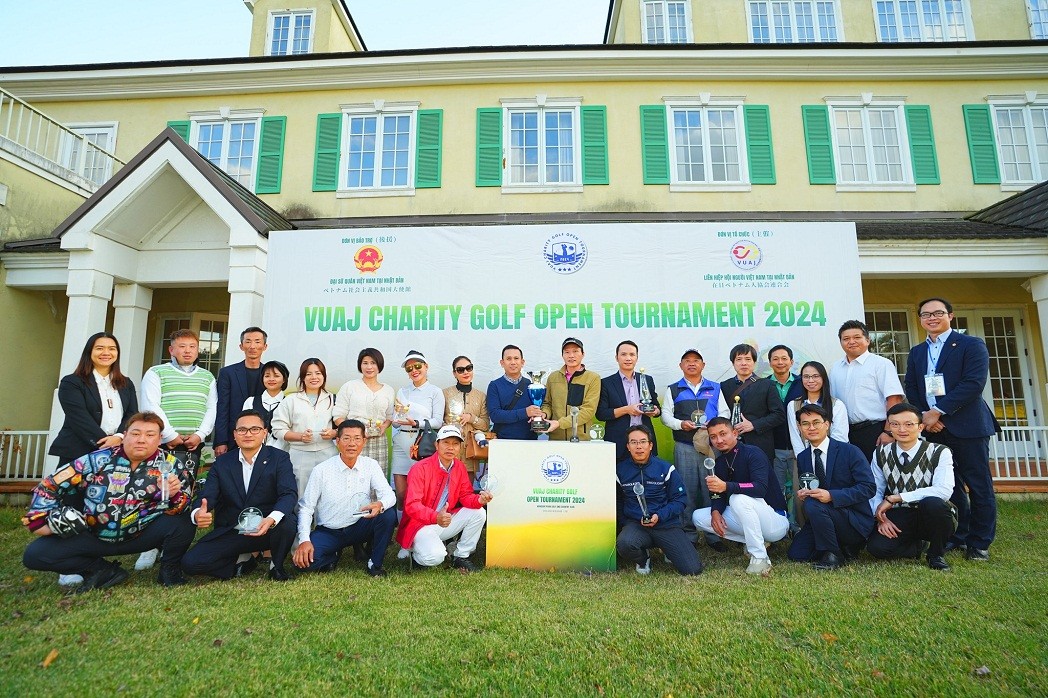 Overseas Vietnamese
Overseas Vietnamese
Sport Unites Vietnamese Community in Japan
Popular article
 Overseas Vietnamese
Overseas Vietnamese
80th Founding Anniversary of Vietnam People’s Army Marked in Venezuela
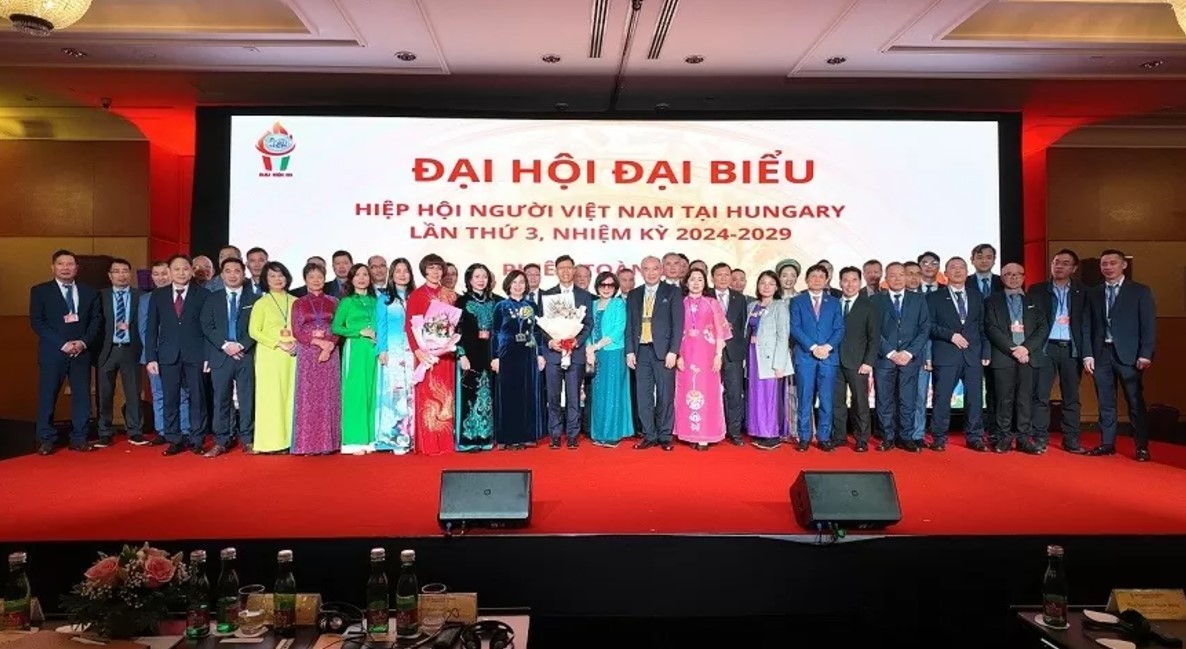 Overseas Vietnamese
Overseas Vietnamese
Vietnamese in Hungary Hopeful for Bright Future
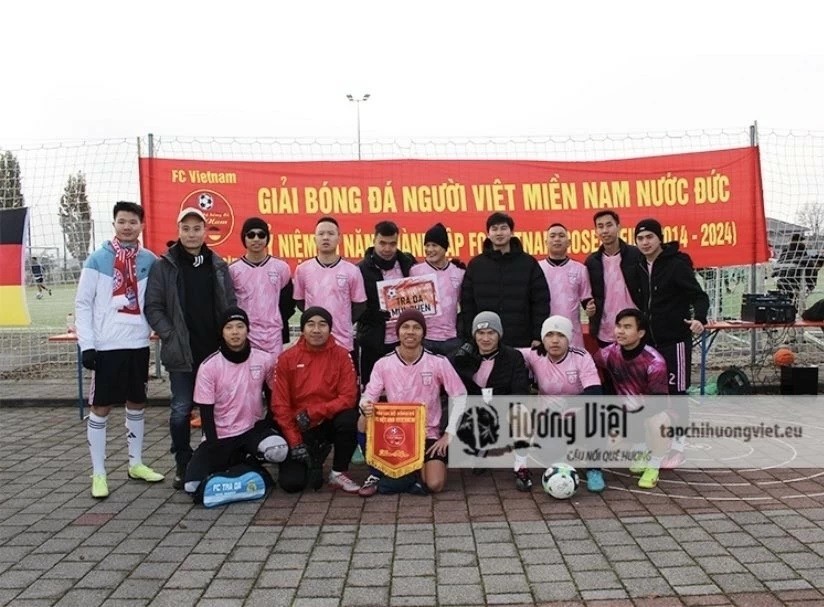 Overseas Vietnamese
Overseas Vietnamese
Football Tournament Connects Vietnamese Community in Southern Germany
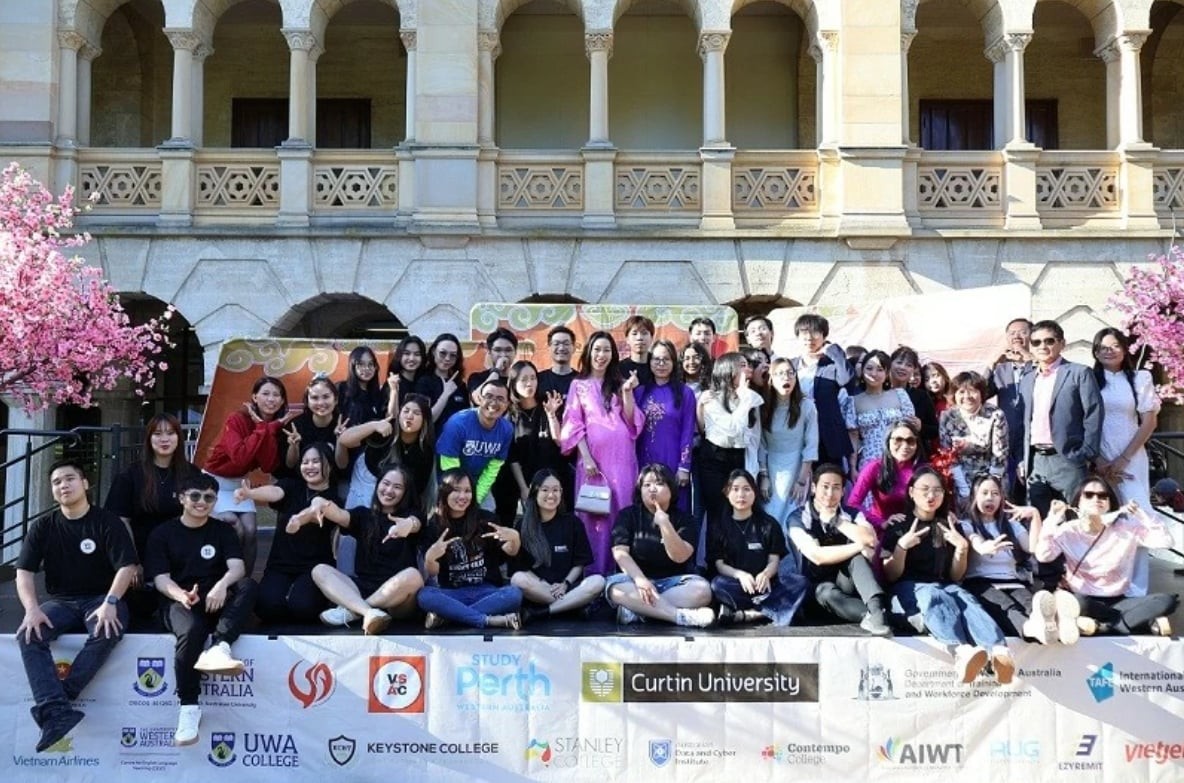 Overseas Vietnamese
Overseas Vietnamese


